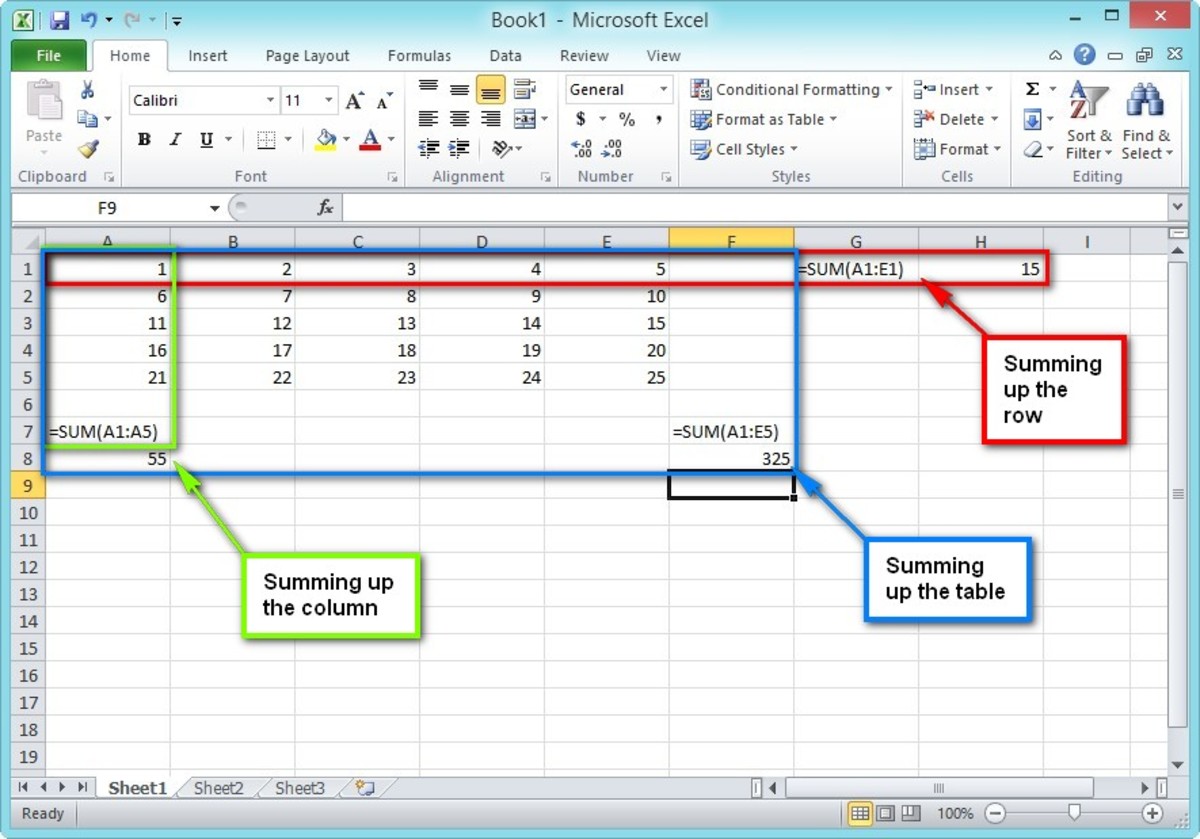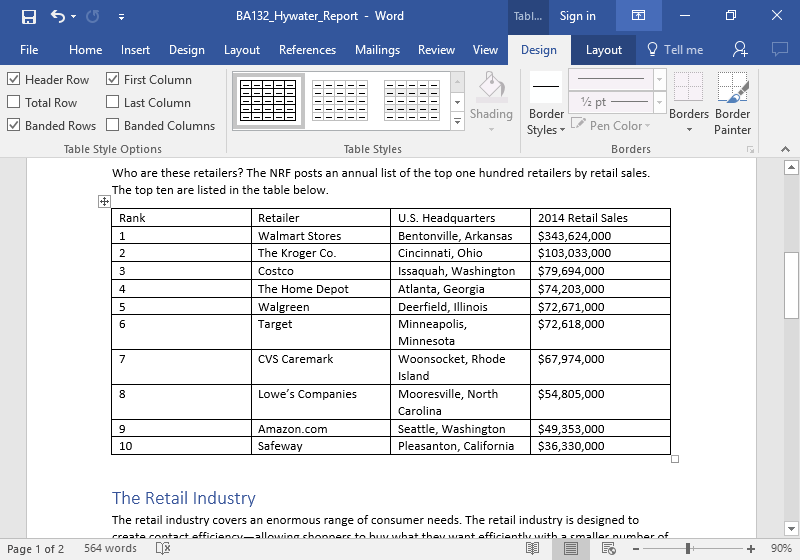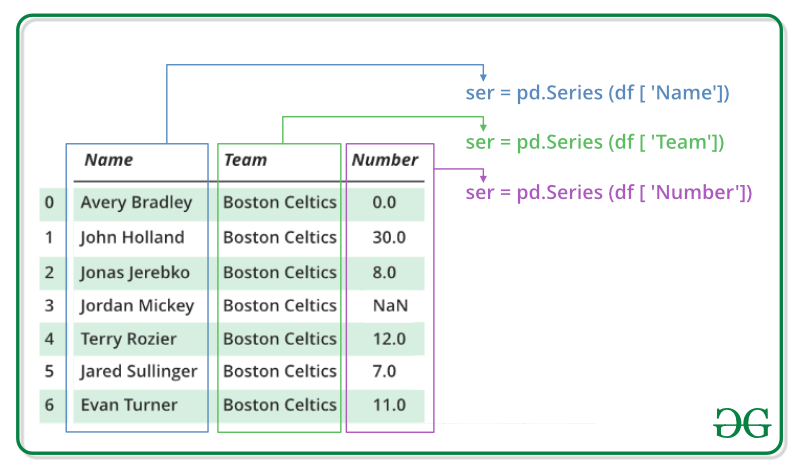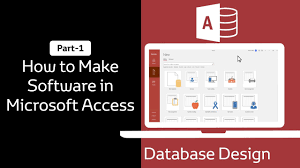In Microsoft Excel, a vast number of terminologies are used to define and understand the different functionalities of this software. To get started with Excel, it is crucial to understand these essential terminologies.
1. Workbook:
A workbook is the main document created in Excel. It is a collection of sheets where you can perform calculations, analyze data, and organize information. Each workbook is saved as a separate file with the .xlsx extension.
2. Worksheet:
A worksheet is a single sheet inside a workbook. It is a grid-like structure that consists of rows and columns. You can input data, add formulas, and create graphs on a worksheet.
3. Cell:
A cell is the smallest unit in Excel and can contain a value, formula, or formatted text. Cells are identified by their row and column numbers, such as A1, B2, or C3.
4. Row:
A row is a horizontal sequence of cells in a worksheet. It can be hidden, deleted, or formatted to display information clearly.
5. Column:
A column is a vertical sequence of cells in a worksheet. It can be hidden, deleted, or formatted to display information clearly.
6. Range:
A range is a group of adjacent cells, rows, or columns. It is defined by the starting and ending cells or cell addresses.
7. Formula:
A formula is a series of calculations or references that produce a result. Formulas are created using Excel functions such as SUM, AVERAGE, and IF. They can be entered into a cell, which will then display the calculated result.
8. Conditional Formatting:
This is one of the outstanding features that helps and allows users to apply extra conditional formatting. These rules can include formats for dates, times, text, or numbers, and they can be applied to individual cells, cell ranges, or entire columns or rows.
9. Function:
A function is a built-in calculation tool in Excel that performs a specific task, such as calculating the sum of a range of numbers, finding the maximum value in a list, or performing a mathematical operation like multiplying or dividing.
10. Macro:
A macro is a set of recorded actions in Excel that can be executed as a single unit. Macros can automate repetitive tasks such as formatting, data validation, and complex calculations.
Conclusion:
These basic terminologies will help you navigate Excel efficiently. By understanding and using these terms, you can enhance your productivity and streamline your work process in Microsoft Excel.
About Author
Discover more from SURFCLOUD TECHNOLOGY
Subscribe to get the latest posts sent to your email.




